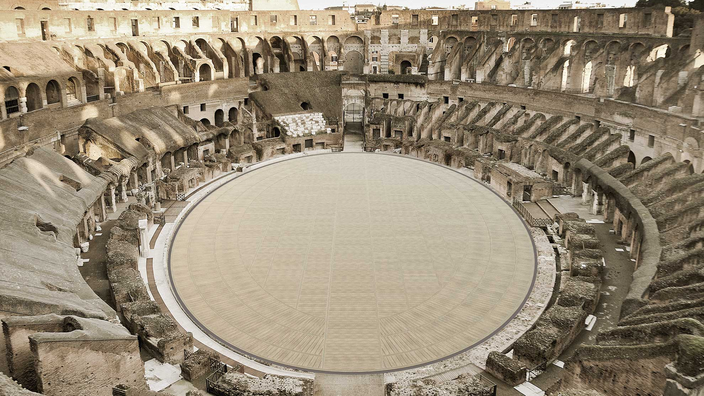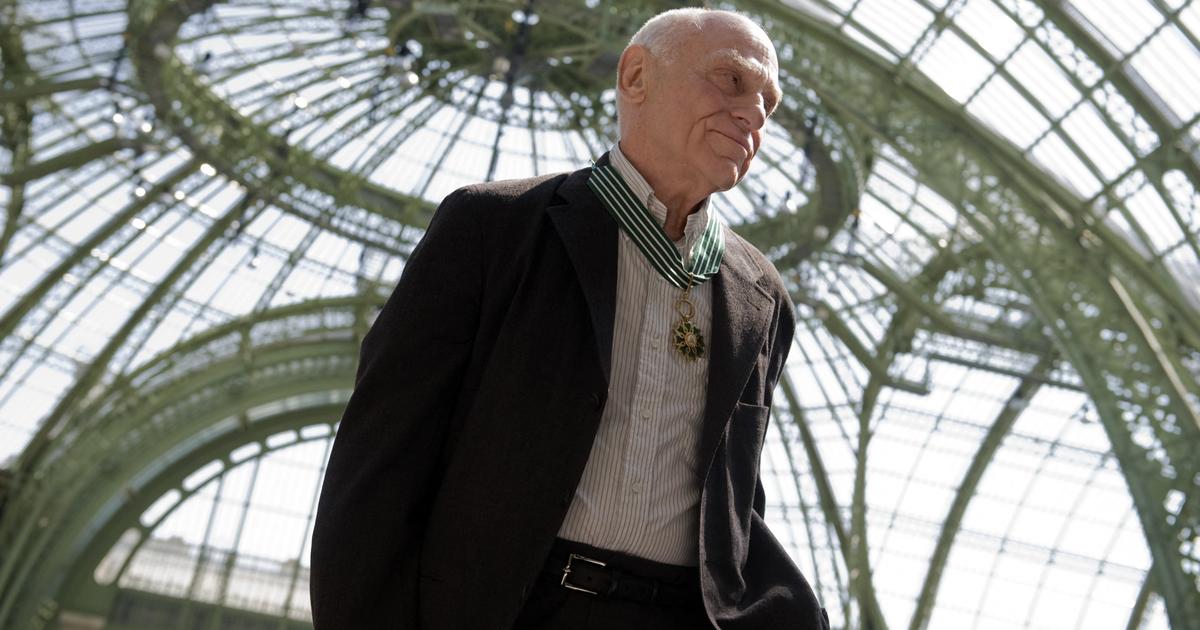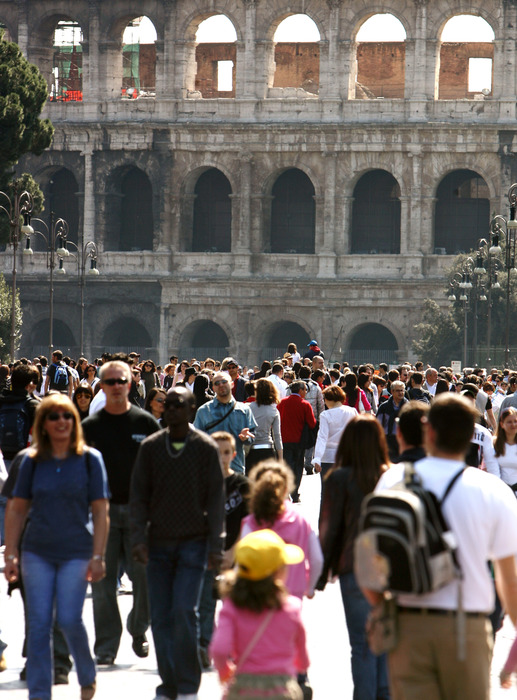It is a thumbs-down addressed to the Italian Minister of Culture.
Presented at the beginning of the month, the project for the reconstruction of the wooden floor of the Colosseum arena, which is due to see the light of day in 2023, leaves some Italian art historians and archaeologists unmoved.
Contrary to the ambitious planned restoration of the most visited of Roman monuments, many wonder about the real need for the work.
Pinned down for its vocation deemed too touristy, the future site does not fail to raise some questions about its archaeological relevance, the danger it would pose to some of the fragile remains of the building and the dying sense of the authorities' priorities. Italian.
Read also: The Colosseum in Rome will have a new removable floor
Caressed since 2014 and validated last week by the Italian Ministry of Culture, the Colosseum renovation project supposed to start towards the end of the year aims to create a large removable arena made of wooden slats. Costed at 15 million euros, this coating should allow visitors to move around the entire arena, today only accessible by an enlarged platform installed in 2000 at one of its ends, and to welcome shows as well as public events. As the Italian Minister of Culture, Dario Franceschini, has gladly recalled in recent weeks, the return to a covered arena will allow us to reconnect with
“the original image of the Colosseum”
, whose center was only emptied of its last buildings and cleared during the 19th century.
Towards an occultation of the hypogeum
The prospect of the return of the full arena is not to everyone's liking, however. First point of disagreement: the floor would cover the hypogeum - the system of underground galleries - whose view from the heights of the Colosseum is one of the major archaeological attractions of the site.
"Rebuilding the Colosseum arena would hide the underground passages",
observed in the columns of
Fatto Quotidiano
Rossella Rea, the previous director of the ancient building.
"This would prevent the view from above and the whole"
, she said, recalling that, from the point of view of visitors,
"the higher you go, the more the spectacle fascinates"
.
Hiding the view of the bowels of the amphitheater, even temporarily, would also be all the more regrettable as
“the underground is a monument within the monument, the only part of the Colosseum that has been preserved in its ancient order”
.
Read also: Irish tourist arrested after vandalizing the Colosseum in Rome
This occultation would also encroach on previous work carried out, since 3 million euros had been committed ten years ago in the renovation of these undergrounds in the middle of which jostled the wild animals, the gladiators and the little hands of the 'amphitheater.
Rossella Rea's skeptical point of view on the construction site is shared by Sergio Rinaldi, former director of the chair of archeology at the University of Urbino.
“This underground complex is unique in the world, so why cover it up?”
, he was surprised to our colleagues at
The Art Newspaper
.
The Colosseum arena in its current state.
Parco archeologico del Colosseo
Another cause for concern also relates to technical considerations concerning the number of visitors who will have access to the arena and the load that this future structure will have to bear. More generally, the lack of consultations and the question of the possible risks incurred by the structures promised to be covered worries Rossella Rea much more than the superfluous nature of the work.
"A complete cover, even used for short periods, would alter a stable microclimate, generating, in the long term, problems of conservation"
, detailed the former person in charge of the site in a column published in March, in the review
Left
.
The question was not lost on the Milanese company that won the tender, since the work will include a ventilation network supposed to control the temperature and humidity of the hypogeum.
However, the site remains no less sensitive.
“All the structures, although restored, constitute a very delicate system in which it is possible to intervene only and exclusively in one-off operations, useful for understanding the functioning of the“ backstage ””
, Rossella Rea warned.
Read also: Museum directors call to "save Italian culture on the verge of asphyxiation"
A "
non-priority
" project
According to art historian Tomaso Montanari, who sits on the scientific committee of the Italian Ministry of Culture, the ancillary nature of these works testifies to a purely economic and tourist management of the heritage by the government, he said. he told
The Art Newspaper
.
“Italy is investing colossal sums in tourist attractions, but cannot afford to restore crumbling churches and fading frescoes.
The Colosseum is the last thing I would think of spending money on ”
.
There is a big difference between restoring the building and converting it into a place of shows.
Salvatore Settis
Already in 2014, the hypothesis of a reconstruction of the arena proposed by archaeologist Daniele Manacorda had divided Italian specialists. Art historian Salvatore Settis then climbed to the rostrum to castigate a restoration that was not a priority.
“There is a big difference between restoring the building and converting it into a place of shows,”
he argued the following year in an interview with
La Repubblica
. Even if it means investing sums for the most emblematic monument in Rome, other much more relevant areas would have deserved the attention of the public authorities, finally regretted Rossella Rea.
"The Colosseum is awaiting funding for numerous interventions"
, she apologized, referring in particular to the particular case of the highest parts of the amphitheater which require urgent restoration.
Faced with the mixed reception from the learned community, Minister Dario Franceschini took on a large-scale architectural project which he presented as
"a great challenge for Italy"
.
“I know there will be controversy
,” he said at the end of March.
The Colosseum is our symbolic monument and it is right that we discuss it ”
. In 2014, Dario Franceschini had already recalled that this proposal, far from being a personal whim, on the contrary emanated from the Archaeological Superintendence of Rome (which depends on the Ministry of Culture). The principle of a return of the complete arena had then received the support of several personalities, such as that of Adriano La Regina, who led the Roman Superintendency for nearly 30 years, or that of the emeritus archaeologist Andrea Carandini. .
“The Colosseum will not become Las Vegas,”
Dario Franceschini concluded in 2014. Seven years later, the works are finally ready to pass the Rubicon.







